“Being nervous isn’t bad. It just means something important is happening.”
— Michael Jordan
Asking someone on the street for their portrait is a bit like asking someone on a date. It can be awkward, nerve-wracking, intimate, and disappointing. I took up film photography three years ago as a way to stay positive during a health crisis. At first, I concentrated on documenting my family and friends, but recently I’ve started taking street portraits.
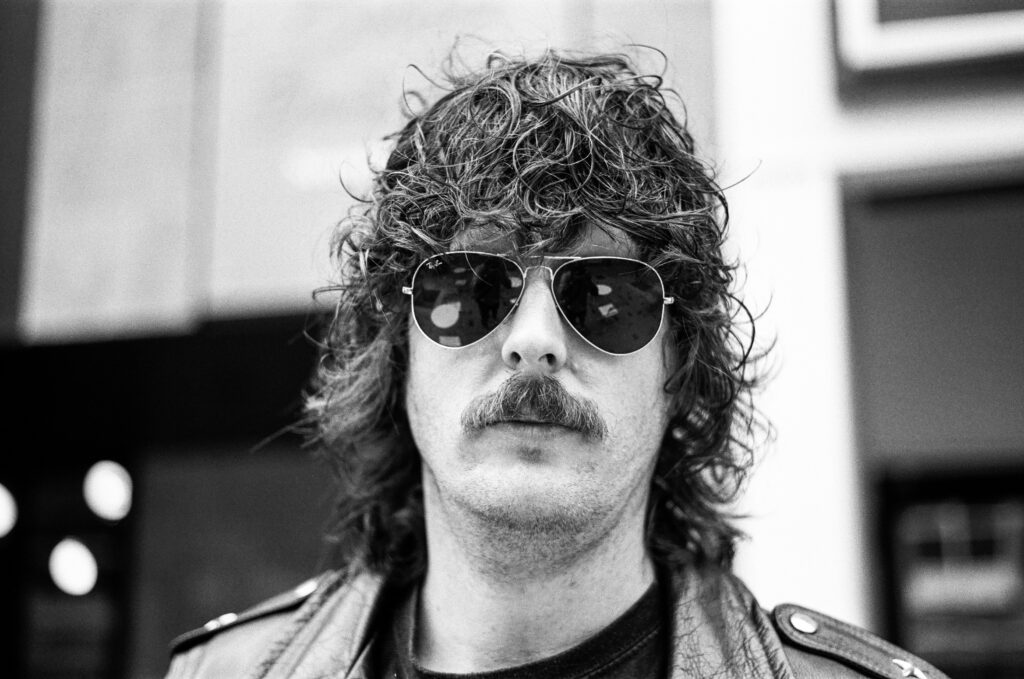
I’m a shy guy. When I’m out and about, I stare at my feet and stay in my lane. I steer clear of strangers. These are not good qualities for a street portrait photographer. Still, I’ve always loved people watching, be it in airports, coffee shops, or shopping malls, and I can appreciate a fascinating face when I see one. Ever since becoming a camera slinger, I’ve had the urge to capture some of these faces on film.
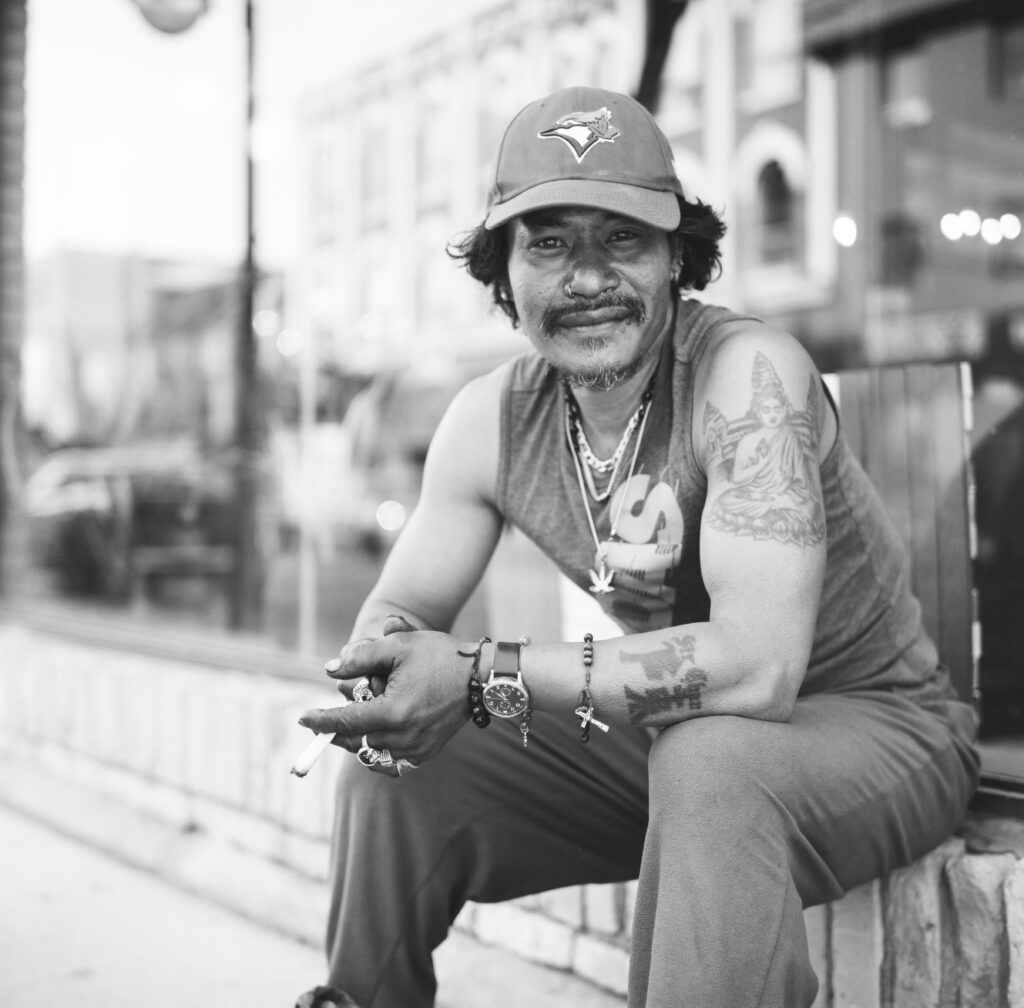
Unfortunately, I learnt the hard way that not everyone is interested in engaging with a short, bald, bearded, middle-aged dude with a fancy camera. “Excuse me, madame, may I trouble you for a quick photo?” “Listen up, little man. You and that silly camera can go…” But I’ve persevered and discovered that given the right approach, it’s possible to convince just about anyone to have their picture taken. I’ve distilled my technique into the following five rules.
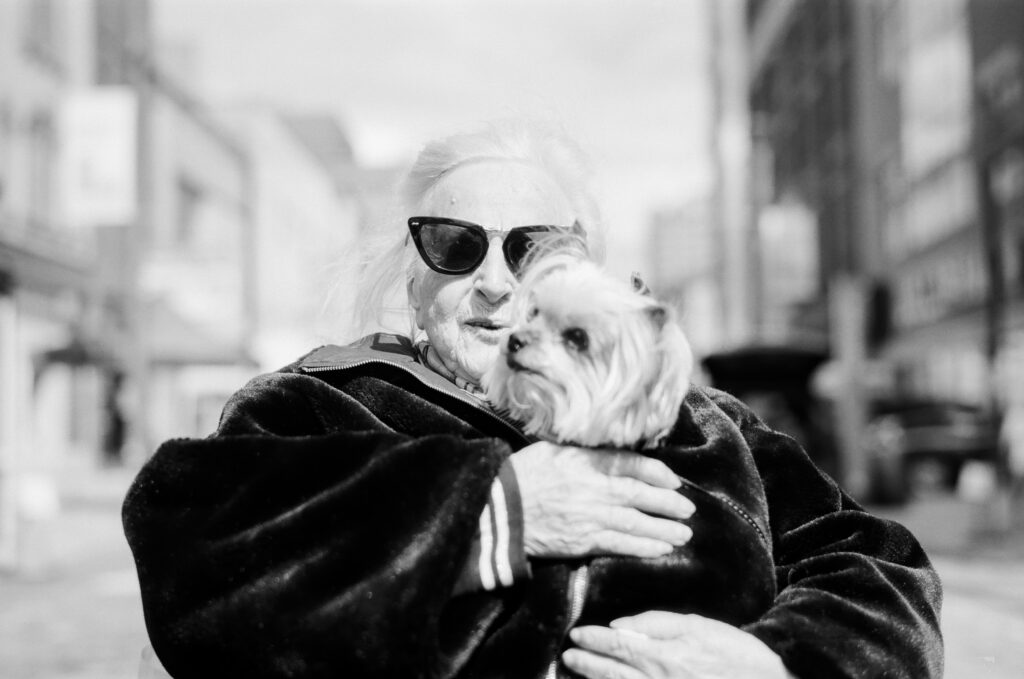
Rule 1:
Read the room. Your intuition will tell you whether a person on the street is having a good or a bad day, whether they’re in a friendly mood or an antagonistic one. If someone looks pissed off, knackered, or annoyed, best to keep your distance. For example, I once asked an interesting looking gentleman who was cursing at random vehicles if I could capture his essence on film. He threw an empty beer can at me and proceeded to spit at my Leica, both of which I deserved for not “reading the room”. However, if someone is chillin’ out having a smoke and an espresso at a street-side table, chances are you are safe to approach and make your photographic pitch.
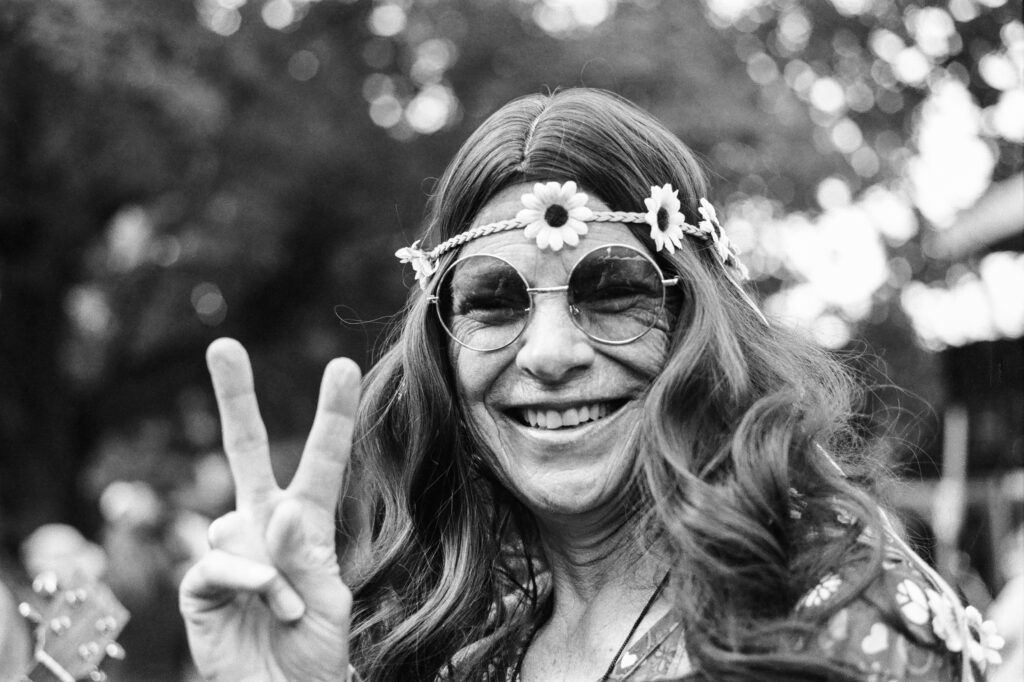
Rule 2:
Display a kind confidence. No one likes a coward. If you see someone who you think is portrait worthy, walk up to them with assurance and kindly state your case. I usually say something innocuous like: “Sorry to bother you. I collect old film cameras and often take street portraits. I love your hat and glasses. Would you mind if I grabbed a quick shot?”
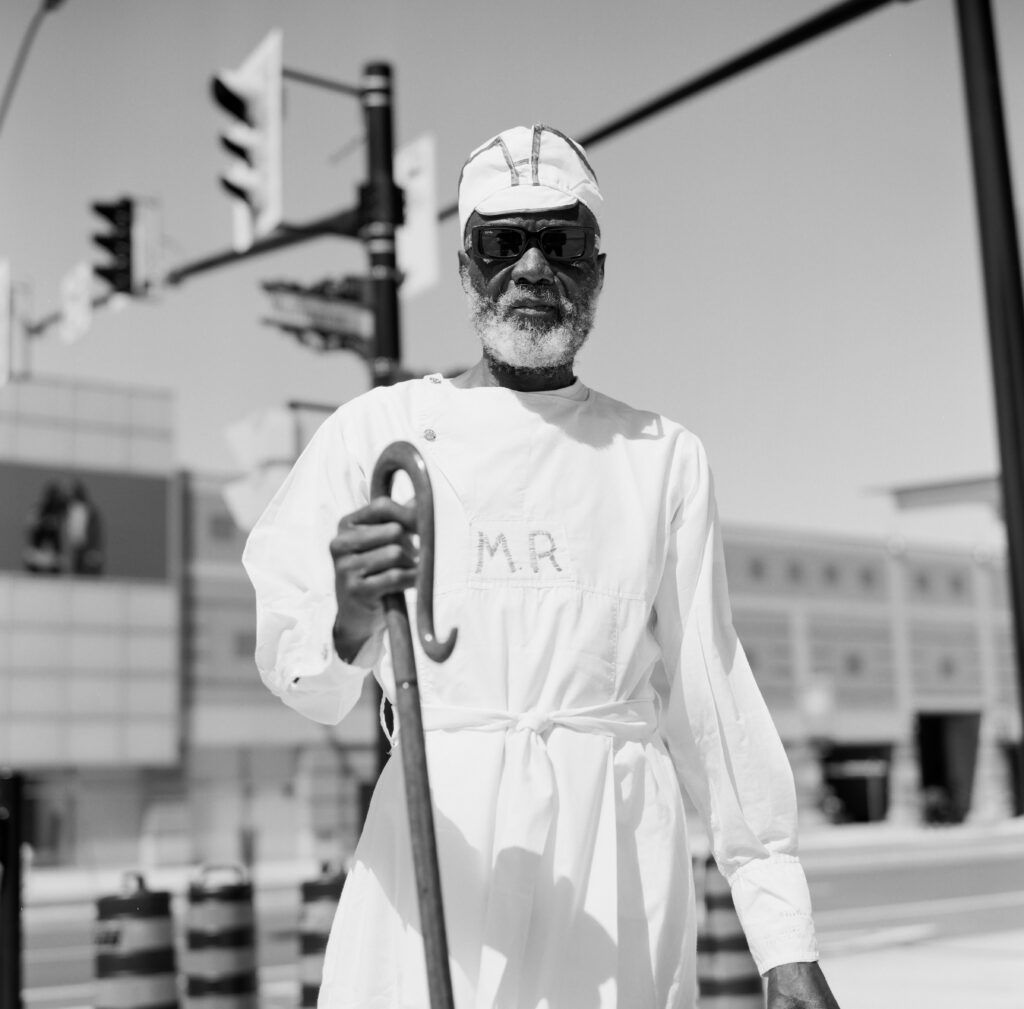
Rule 3:
Be friendly and courteous. Sometimes the best approach to getting a street portrait is to build a bond with a person before asking for their picture. I’ll often make small talk with someone who looks intriguing and after we’ve been chatting for a few minutes, I’ll casually bring up my photography: “Yes, it’s a beautiful day. I’m just out on a photo walk. Say, would you be willing to let me take your picture?” If I do end up taking the photo, I always say that I’m happy to share the photo with them once I get it developed. I’ve even made a few new friends this way.

Rule 4:
Use a disarming camera. I typically grab my black Leica MP when doing street photography. It’s a beautiful machine, but to the average person it looks like a typical, run-of-the-mill camera and can sometimes make people standoffish. Some even mistake it for a digital camera. But when I grab the Rolleiflex, it’s different story. It’s quirky, disarming, and immediately draws interest from people of all ages. It’s a great “ice breaker”, giving me an opening to take a photo. “Hey man. Nice camera! It looks like something my grandpa had.” “It’s a Rolleiflex from the early 60s. Here, let me show you…”
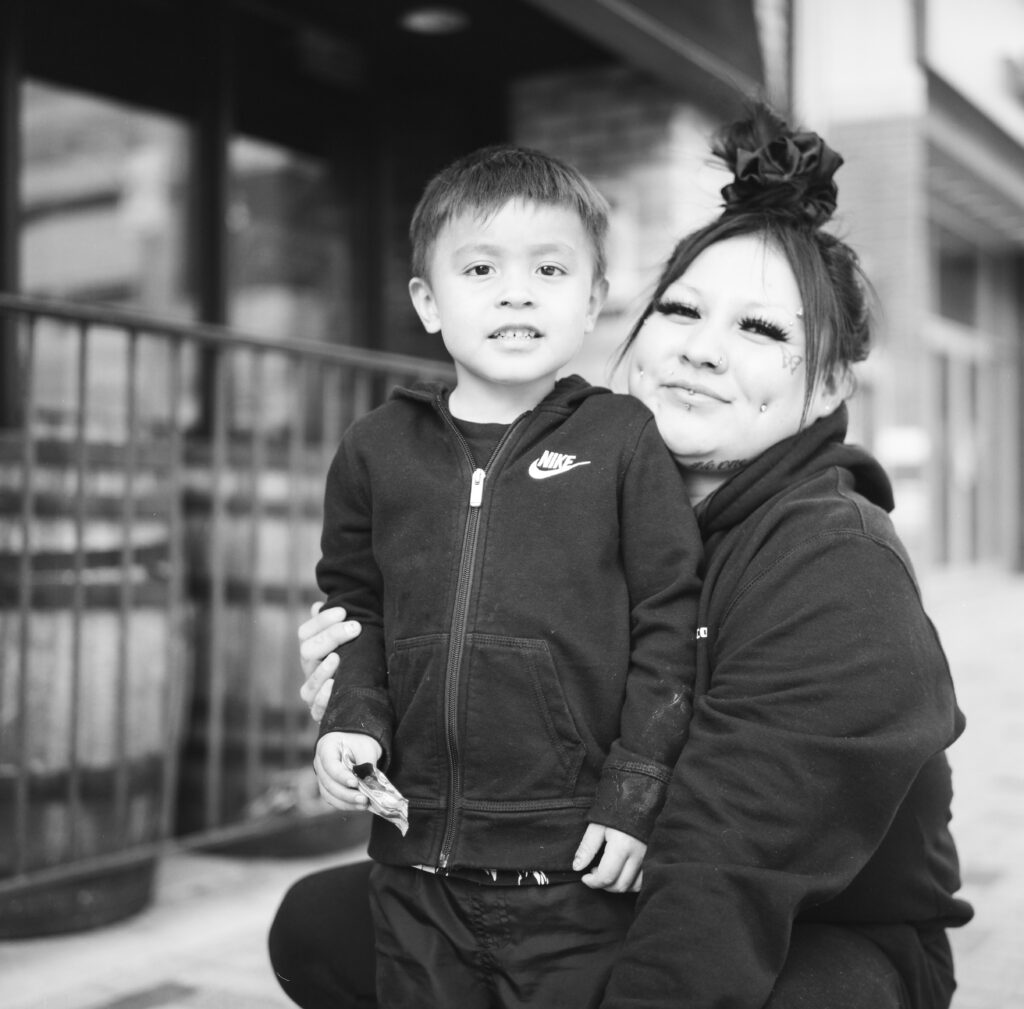
Rule 5:
Be street smart. I don’t know about you, but the downtown scene in London, Ontario is colourful. Most of the people I encounter in the city centre are generous and gentle, provided I’m respectful and do not try to exploit their hardships for my own gain. Nevertheless, I’m walking around with expensive cameras and must be mindful of the environment. There’s been a few instances where I’ve felt uncomfortable and had to make a quick exit.
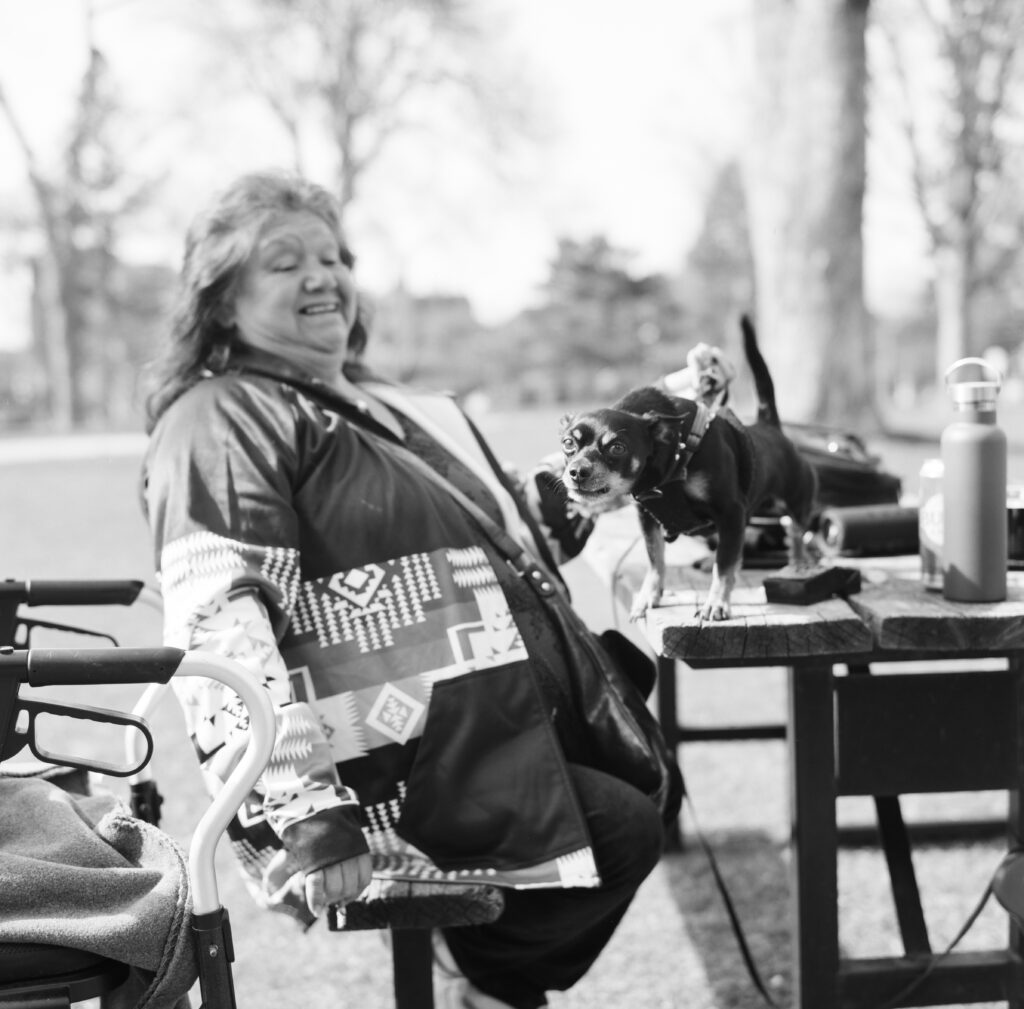
As you can tell by now, I still have a lot to learn about the art of engaging strangers, but if this awkward biology professor can do it, so can you. Safe shooting and remember the words of Elisabeth Kubler-Ross: “The most beautiful people we have known are those who have known defeat, known suffering, known struggle, known loss, and have found their way out of the depths. These persons have an appreciation, a sensitivity, and an understanding of life that fills them with compassion, gentleness, and a deep loving concern. Beautiful people do not just happen.”
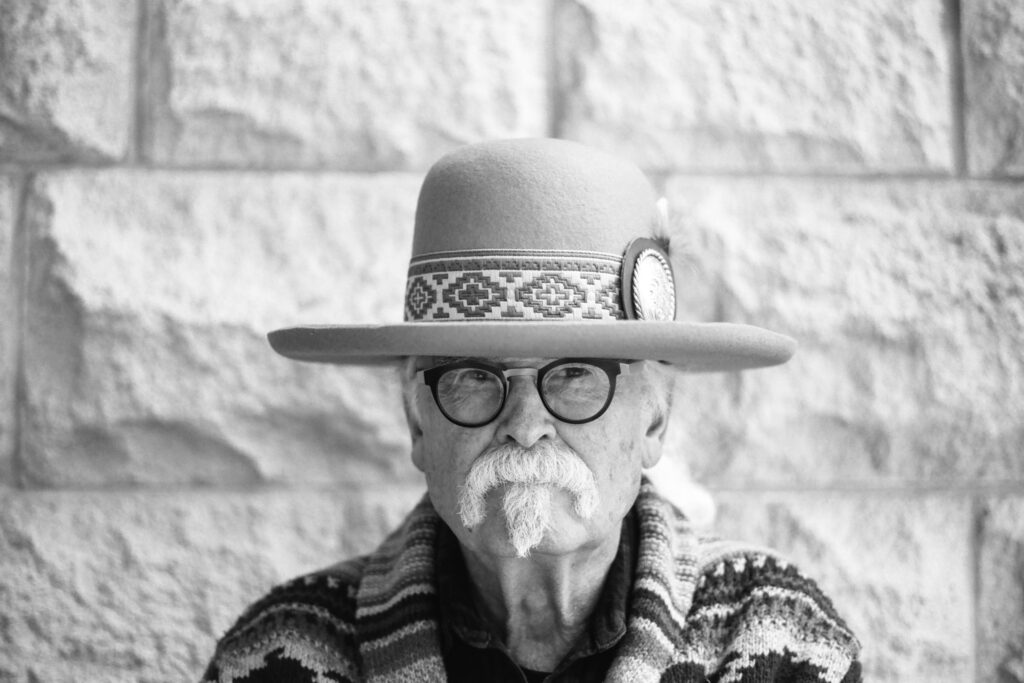
If you enjoyed this article and would like to see more of my photos, you can find me at Leica Fotografie International and Instagram.
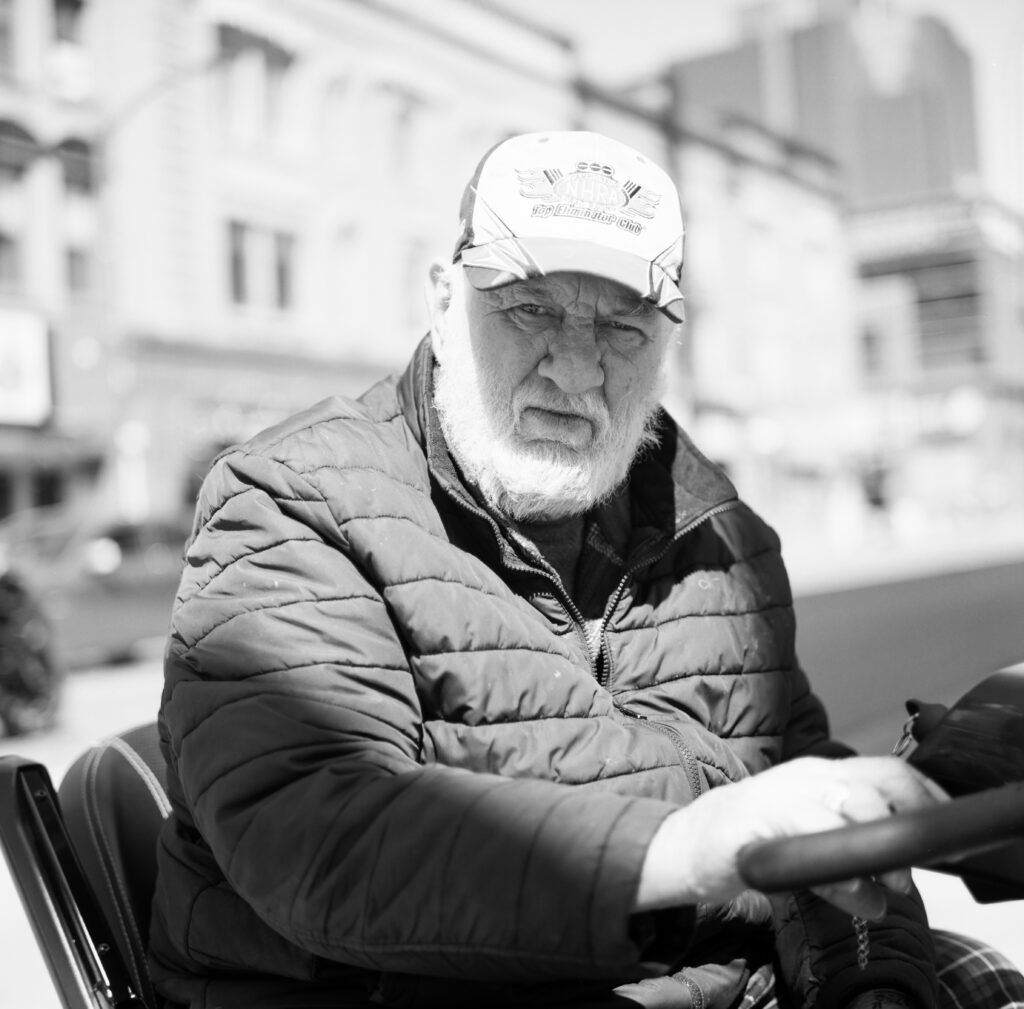
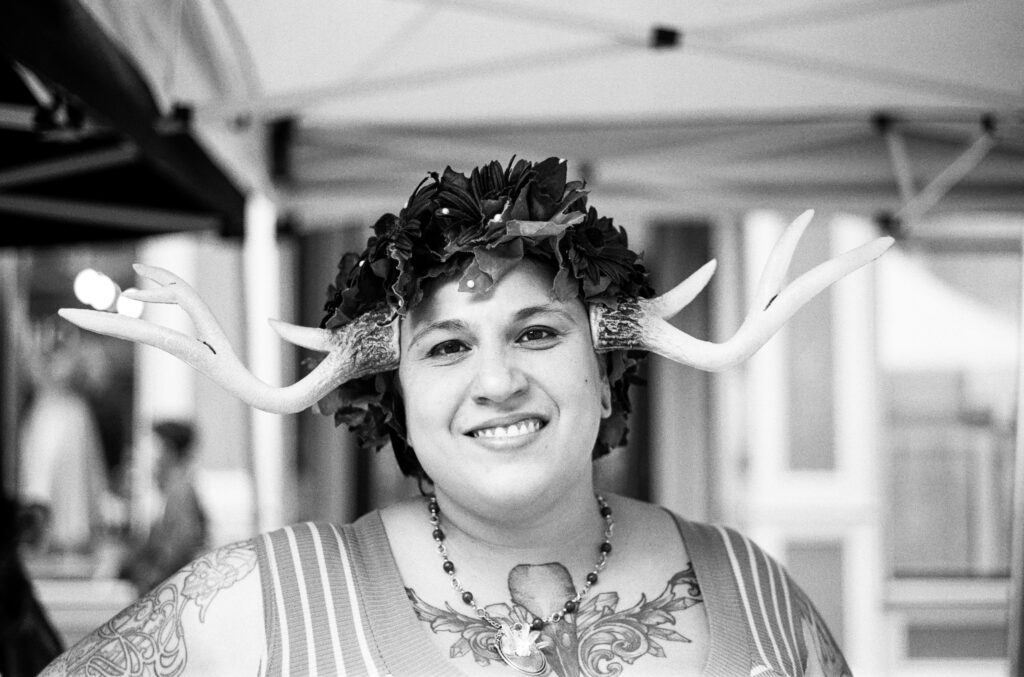
Share this post:
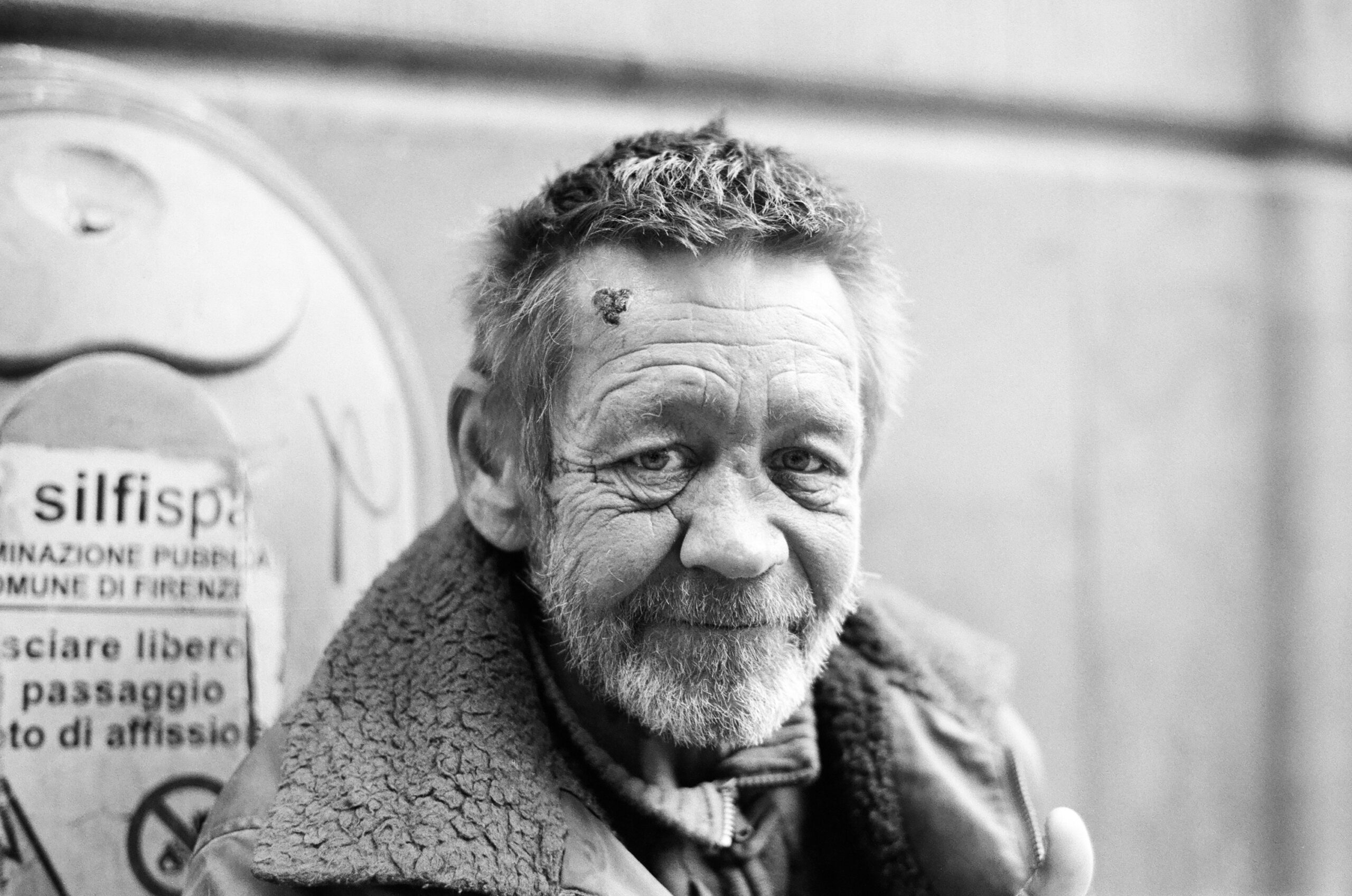
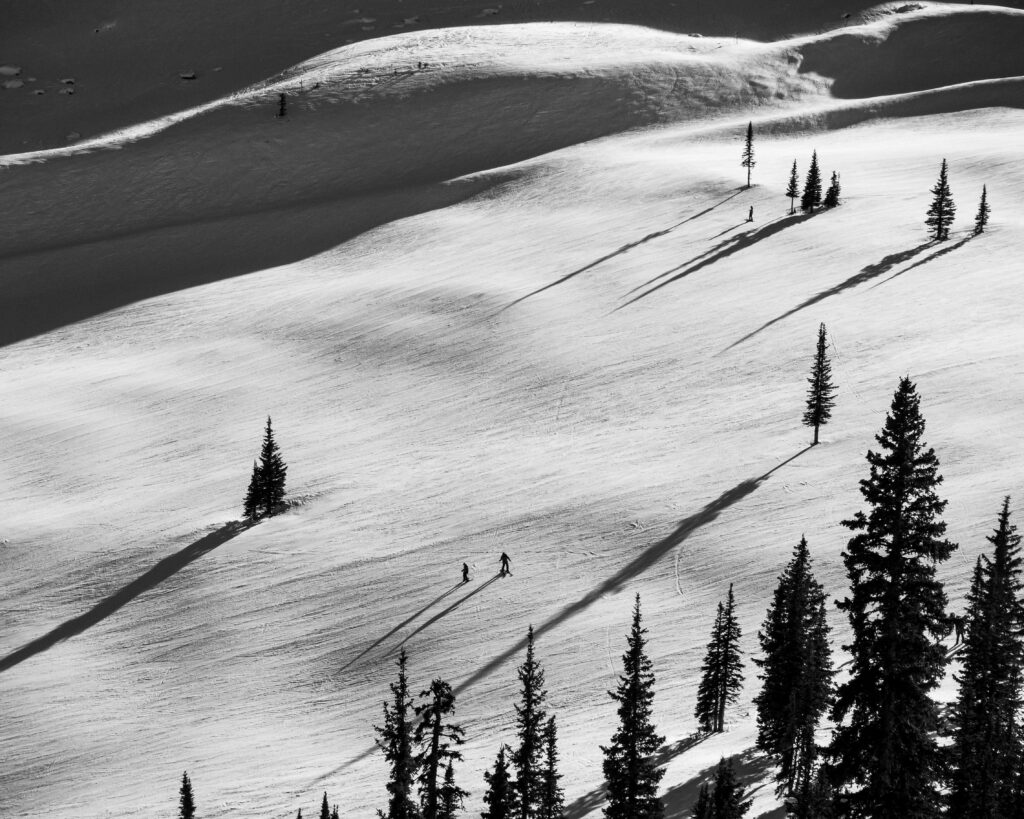
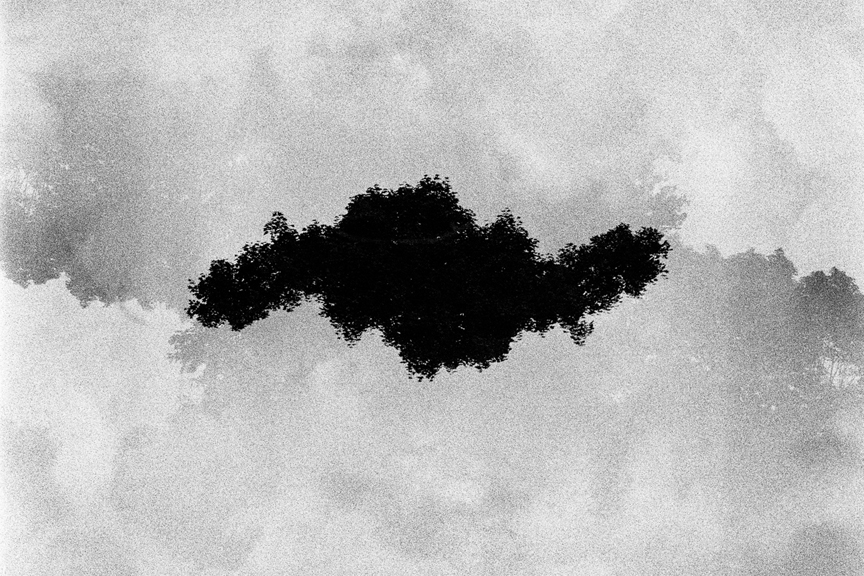
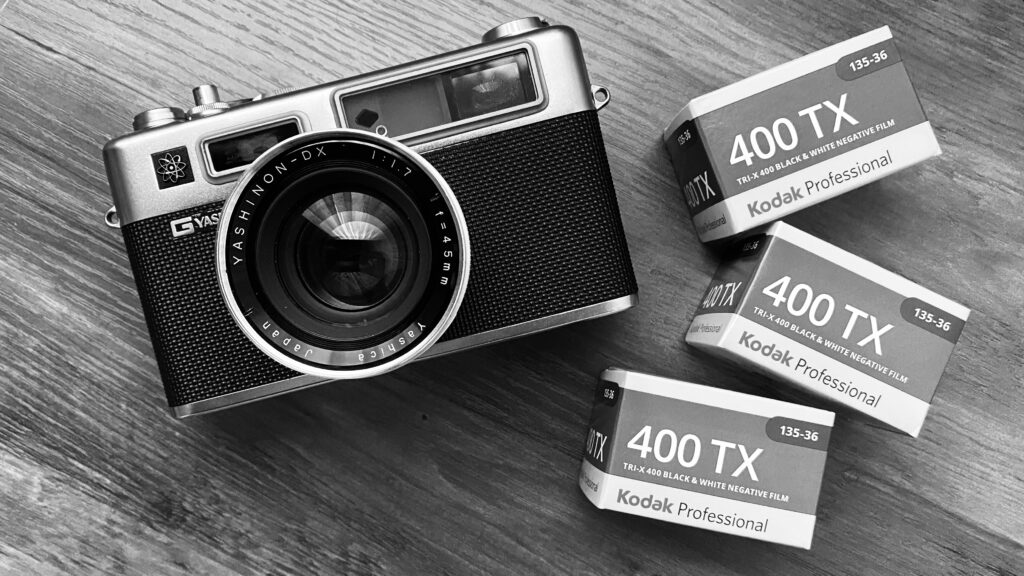
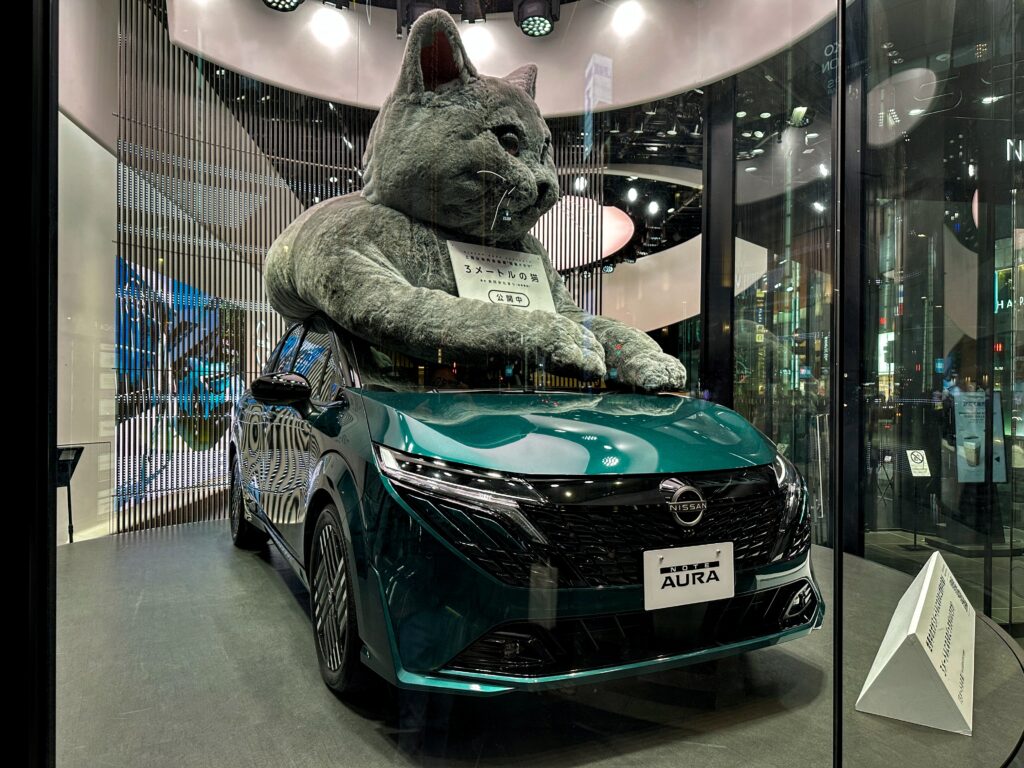

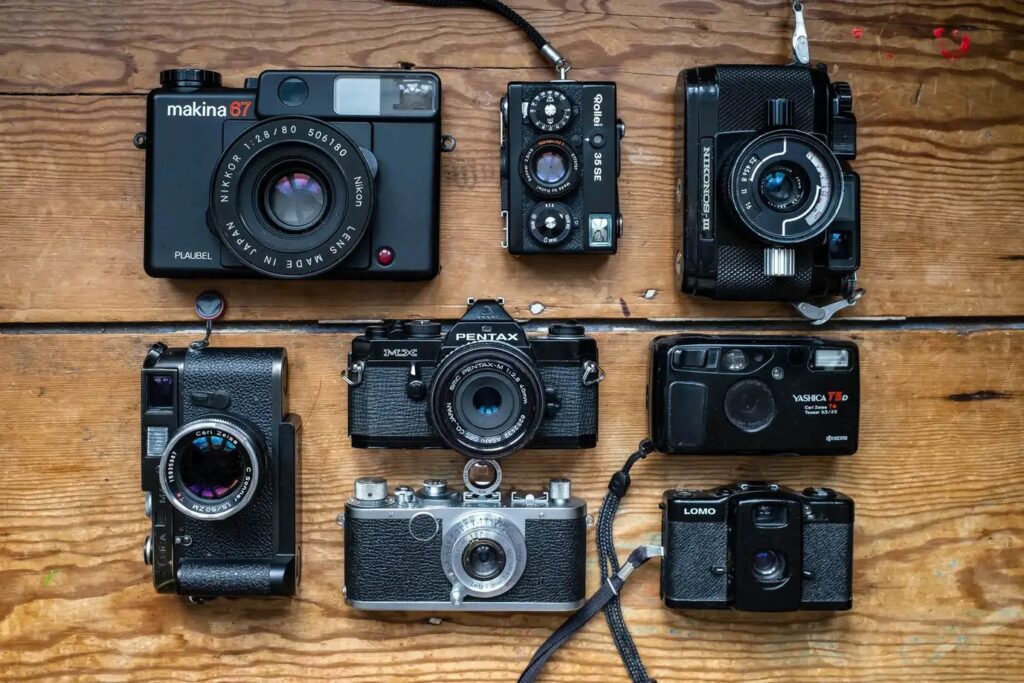
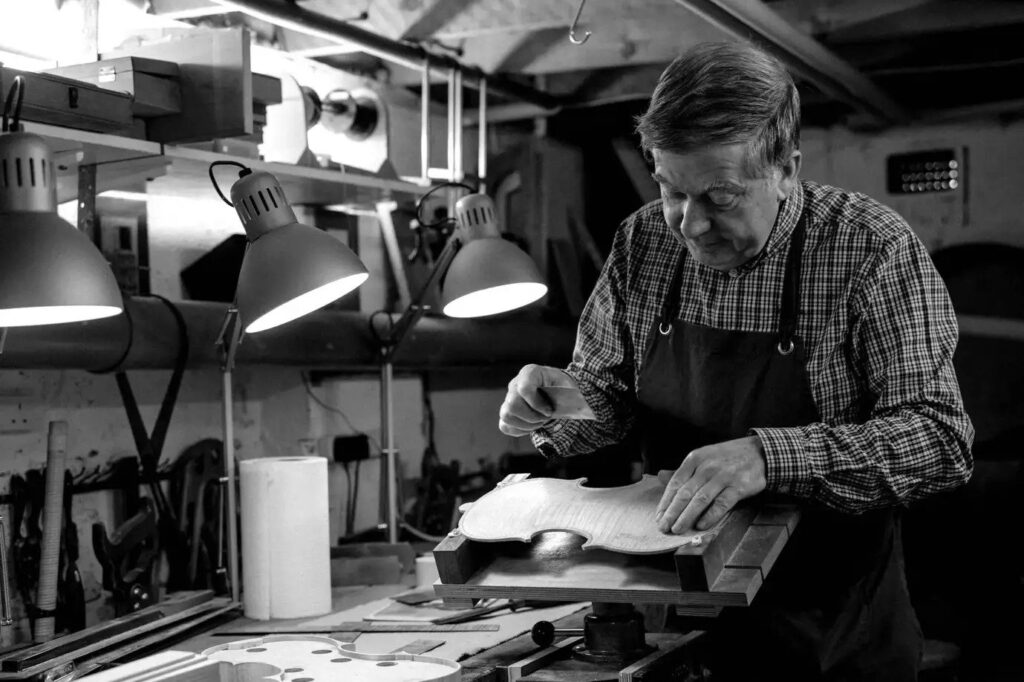
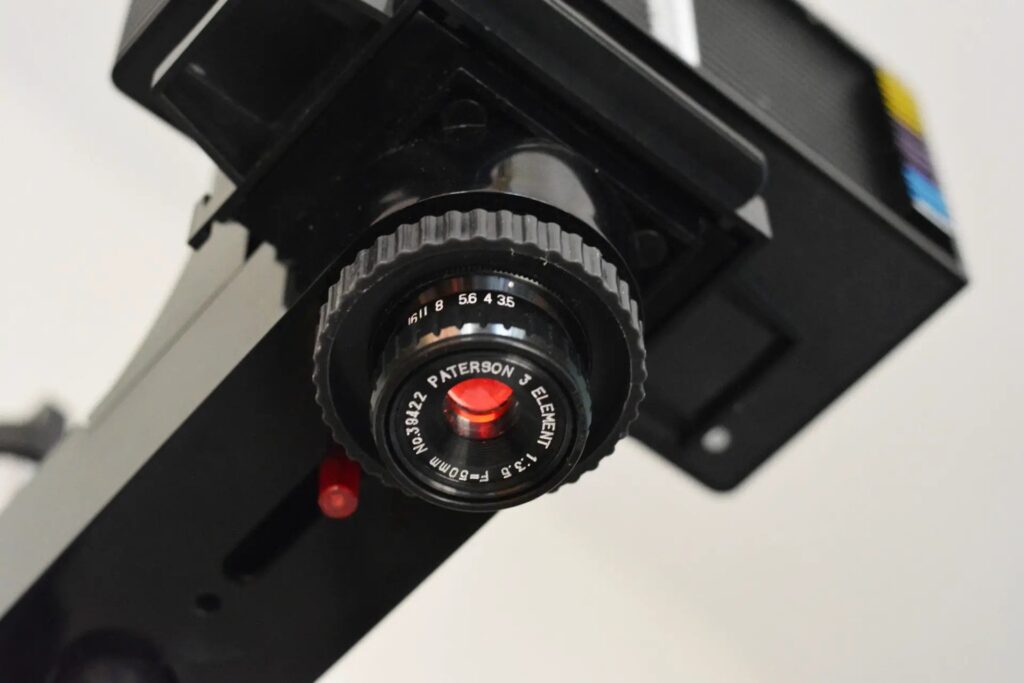
Comments
Miguel Mendez on My five rules for taking street portraits
Comment posted: 11/06/2025
Comment posted: 11/06/2025
Ibraar Hussain on My five rules for taking street portraits
Comment posted: 11/06/2025
the fact that you have the balls to actually ask is in itself a huge step!
Lovely portraits , great BW work!
Thing is, if someone asked me if they could take a photo I'd tell them to F Off! So that makes what you do even more amazing!
I find it's far easier as a tourist in a different country and continent to do this.
I find that here in Britain it's only after a chat and breaking the ice that I can pucker up enough courage to ask if I can take a portrait. It makes it easier if one has an old Film camera
Comment posted: 11/06/2025
Bill Brown on My five rules for taking street portraits
Comment posted: 11/06/2025
Confidence mixed with an unassuming attitude. My daughter has always commented how I can talk to anyone. Everyone has a story, just ask.
Comment posted: 11/06/2025
Comment posted: 11/06/2025
Scott Ferguson on My five rules for taking street portraits
Comment posted: 11/06/2025
This is a really useful post for me right about now, as the current phase of my development as a beginning photographer is trying to get stronger at shooting people in my home town of New York City. I am getting better at engaging with people I meet on the street and agree on the value of having an interesting camera as a bit of an ice breaker. Lately I've been using my M3 with a 1949 collapsible Summitar f2 with a funky old hood and a small external viewfinder -- it lands somewhere between steampunk, Rube Goldberg and 50's engineer on vacation. I do get a little nervous when I'm framing and focusing and feel like I'm taking too much time and sometimes feel like I could do better on hitting focus and/or making sure exposure is just right, but I think the key to getting more comfortable is to keep going and shooting. I want to get to the point where I feel like I've got the 'muscle memory' for street portraits with the Leica, and then I think I'll take out the Hasselblad. I like all of your tips for taking photos with the full cooperation of your subject, I'm curious what your thoughts are on grabbing candid shots without engaging with the person you're shooting. I think there are some 'rules of engagement' that I'm feeling my way through, including avoiding shooting homeless people in distress without their consent. Occasionally I'll get some flak from someone if I approach them to take a shot and they're not into it, part of reading the room as you say. But mostly I've had very nice engagements with people when I ask for a photo and have even met some really interesting people along the way.
Anyway, thanks for a very useful post, and I think your shots are cool!
Comment posted: 11/06/2025
Comment posted: 11/06/2025
Comment posted: 11/06/2025
Comment posted: 11/06/2025
Comment posted: 11/06/2025
Comment posted: 11/06/2025
Zheng Li on My five rules for taking street portraits
Comment posted: 11/06/2025
Comment posted: 11/06/2025
Geoff Chaplin on My five rules for taking street portraits
Comment posted: 11/06/2025
Comment posted: 11/06/2025
Marco Andrés on My five rules for taking street portraits
Comment posted: 11/06/2025
The over-arching principal is to treat the « subject » just as you would like to be treated. They are not just a subject, they are a person., Engage with them to establish rapport. The start of the interaction is paramount. Rather than mentioning the goal of making an image at first, establish a connection so that making the image is not perceived as the primary goal.
Consider revising your « ask » in point 2
Rather than
« Sorry to bother you. I collect old film cameras and often take street portraits. I love your hat and glasses. Would you mind if I grabbed a quick shot? »
Use this:
« Love your hat and glasses. »
And go from there.
And personally, I would drop the term « a quick shot ». Better to say « a quick portrait on film »
TLRs are probably better for maintaining a connection [and also for being surreptitious], allowing you to maintain eye contact.
Comment posted: 11/06/2025
Comment posted: 11/06/2025
Gary Smith on My five rules for taking street portraits
Comment posted: 11/06/2025
I will however say that your photos above are all great and much more interesting than 99% of anything I've ever shot.
I think your tips are spot on! Thanks for sharing!
Comment posted: 11/06/2025
Art Meripol on My five rules for taking street portraits
Comment posted: 11/06/2025
Comment posted: 11/06/2025
Tim Bradshaw on My five rules for taking street portraits
Comment posted: 11/06/2025
I think you may be misinterpreting the reaction to the Leica. I no longer own an M mount Leica, but I do own the Zeiss Ikon ZM, which most people assume is one. It is the single most noticed camera I own: it is the diametric opposite of inconspicuous. I know Leicas once were these things that nobody noticed, but that was a very long time ago. I get far less attention taking pictures with a tatty ('attractively brassed, and the dents are mostly small') Nikon F2 or something.
In fact the above claim is slightly false: the single most noticed camera I own is my 4x5. And I think you are onto something with the Rolleiflex: that's also a noticeable camera, but it's also obviously weird & interesting: anyone using it is probably not your enemy. This is why I want to try the 4x5 for street portraits.
Comment posted: 11/06/2025
Alexander Seidler on My five rules for taking street portraits
Comment posted: 12/06/2025
Comment posted: 12/06/2025
Dean Lawrence on My five rules for taking street portraits
Comment posted: 12/06/2025
Many thanks, and all the best. Dean.
Comment posted: 12/06/2025
cdlinz on My five rules for taking street portraits
Comment posted: 13/06/2025
Comment posted: 13/06/2025
Leon on My five rules for taking street portraits
Comment posted: 13/06/2025
Wednesday afternoon saw me with time to spare in Sheffield city centre. Was strolling around with my Rollie 35SE. Small discreet but innocuous it was not. Two people came up to me to ask about it. Two lovely conversations ensued.
I guess incognito looks like a Fuji X model of some description - or something of similar ilk – with a prime lens. Or a mobile phone. What I am trying to say is those sort of cameras are ubiquitous, everyday and don’t attract much attention.
Leon on My five rules for taking street portraits
Comment posted: 13/06/2025
Wednesday afternoon saw me with time to spare in Sheffield city centre. Was strolling around with my Rollie 35SE. Small discreet but innocuous it was not. Two people came up to me to ask about it. Two lovely conversations ensued.
I guess incognito looks like a Fuji X model of some description - or something of similar ilk – with a prime lens. Or mobile phone. What I am trying to say is those sort of cameras are ubiquitous, everyday and don’t attract much attention.
Comment posted: 13/06/2025
Alexandre Kreisman on My five rules for taking street portraits
Comment posted: 29/07/2025
If you don't mind a bit of "critique", IMO i would put a bit more black and contrast in your shot. For the rest, love the framing and the courage it took to photograph perfect strangers.
As there are a lot of good advices in your essay, and in the comment, i'll only give you one advice that thought me how to read the light: 1 be careful to any changes to the lighting conditions, use a simple but reliable light meter like the konica 4 (i used to take it everywhere and calculate the light trying to guess the general conditions) 2 practice, practice, practice! 3. know your lense, and use a lens that is easy to use and gives you the result you like! 4. Enjoy yourself
Happy shooting
Cheers
Alex
Comment posted: 29/07/2025
Alexandre Kreisman on My five rules for taking street portraits
Comment posted: 29/07/2025
Comment posted: 29/07/2025
Giacomo Cecot on My five rules for taking street portraits
Comment posted: 15/09/2025
Comment posted: 15/09/2025